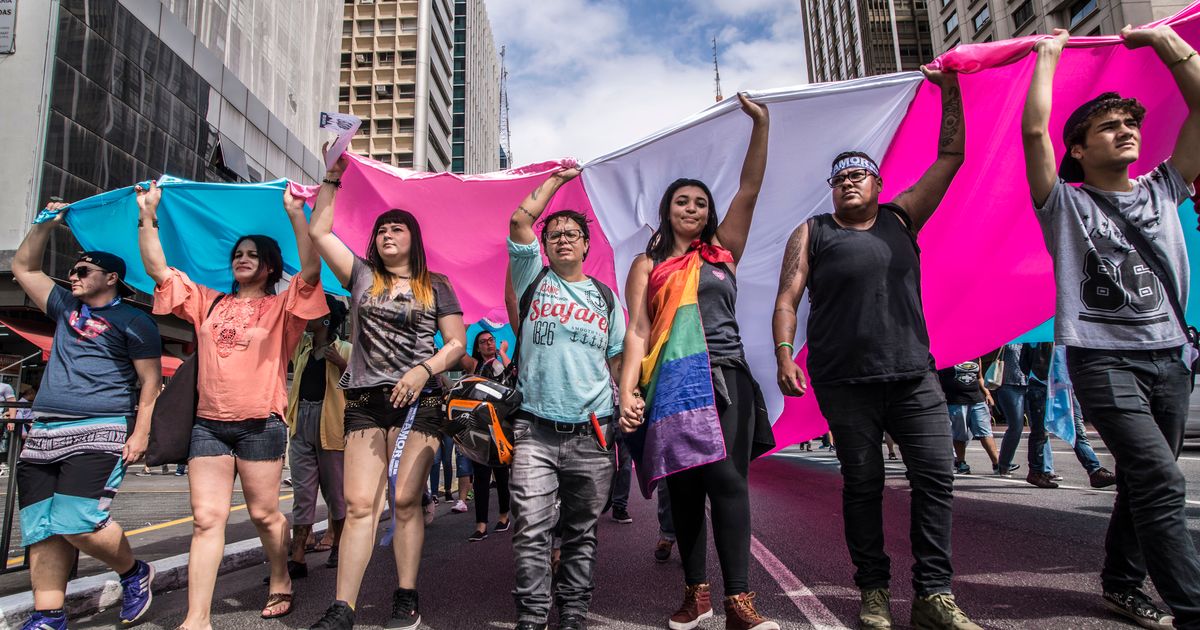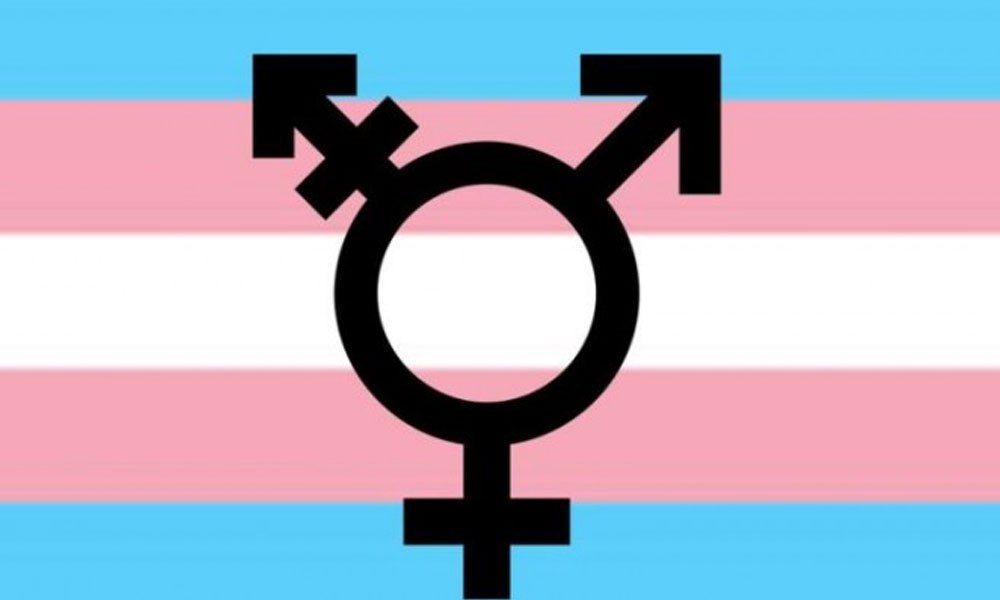RIO DE JANEIRO, BRAZIL – Coming out of an appointment at the health center of the Várzea neighborhood in Recife, Sydia Fernandes, 53, and her daughter Ana Flor, 24, were approached by a man carrying a Bible under his arm. The man, whom they had never seen before, insisted on addressing Ana Flor as a male.

“My mother wasted no time, she stood in front of me and defended me. She asked what his problem was,” she said. ” Oh, you want to see me turn into a lioness, you just try mistreating my daughter,” says Sydia. “I almost swallowed the man. I am only proud of Ana Flor.”
Ana Flor has identified herself as a transvestite for about five years. She made no announcement about the transition, gradually building her identity, with the support and constant presence of her mother and other women in the family.
Janaína Carneiro, 47, Taya Carneiro’s mother, 27, chose to distance herself from people in the family because she was tired when she realized that not calling her daughter by the gender with which she identifies herself was a decision, not merely a force of habit.
Taya also began the transition about five years ago. Janaína says that her daughter’s process was also hers, that she stopped being the mother of a cisgender person and became the mother of a transgender woman.
“You have to be stronger, you have to understand that people haven’t grasped this yet, that maybe they never will, that you will always have to be teaching them,” she explains. “You have to always, all the time, raise the flag. It’s very difficult for you to be the mother of a trans woman and not be an activist”.
Stories of mothers standing by their transgender or transvestite children in transition are generally the exception. Expulsion from home and estrangement from family and friends is still the tonic for many LGBTI people in the country.
Data from the SINAN (Information System for Notifiable Diseases) and the DATASUS (Mortality Information System) collected by the Map of Gender Violence of the ‘Gênero e Número’ (Gender and Number) website show that 49 percent of attacks on transgender and transvestites in Brazil between 2014 and 2017, occurred in the home.
Taya, a native of Brasília, a communicator and master’s degree candidate in England, arrived with the news that she would begin hormonal treatment for her transition when her mother was suspected of having breast cancer. And then came fear.
“She was scared for health risks, for my future, for work. The same concerns I had, but I wouldn’t voice them, because I couldn’t show them. If I showed them, people would attack me even more,” she recalls.
But her mother says that today she understands that fear was also a way to disguise her own prejudice. A way to take refuge, in the midst of a process that does not happen overnight.
“During the process, you see the person you love the most suffering, all the time. Looks, discrimination, you experience that with the person and you wonder why they are going through that,” she says. “All these fears are very deep-rooted because you project, you have expectations”.
Sydia also began to fear for Ana Flor, a pedagogy undergraduate at UFPE (Federal University of Pernambuco), and the world she would find every time she left home. She says she started asking more where she was going and with whom.

“We know that people in the world are violent. That worried me greatly because inside the home I know that she was protected by me, by her sisters, by her grandmother”.
Right at the beginning of Ana Flor’s transition, her mother came home with her first gift for her daughter: a black bra, made of fine fabric. Flor did not know how to fasten it and Sydia came to the rescue. Mother of two other women, she says she bought the item because that is what mothers do for their daughters.
“I think it was a very personal moment,” says Ana Flor. “My mother has always been by my side, she bought clothes for me and that’s very important, because it’s not just the clothes, it’s the gift of so-called women’s clothes that is meaningful at that moment”.
As a child, Taya endured other children coming to press the intercom and shouting “faggot”. Later, her appreciation for the model Léa-T caught her mother’s attention. Despite her initial fear, Janaína began to read about transgenerality, including her own daughter’s work, and began to understand her better.
“My relationship with her also has a level of intellectuality, that I can connect with her in a way that she understands me 100 percent,” says Taya. “I have friends who can’t relate to their mothers. My ex, her mother is not interested in understanding it at all”.
Janaína, who faced depression, says she saw similar symptoms in her daughter and thought that it was just that too. A young mother, at 20, she says the two of them have always been best friends.
“I think she’s much happier now. When she goes out as a woman, she flows. It’s natural, it’s not forced, she’s fluid within the female gender,” she says.
The transition of 26-year-old Ágata Mostardeiro, from Rio Grande do Sul State, has been troubled, with family conflicts and friends who drifted apart. Mother Maristela and her wife, Chaiane, remained supportive. In 2018, she became a mother – the story about the struggle to register her son was reported in the newspaper Folha de S.Paulo.
“After Bento arrived, we drew closer,” she says, who holds her mother up as a reference when she looks at her son. “I believe that to be a mother is to do your best to see your son or daughter grow up properly. I’ve always seen my mother working hard to give me the best.”
Times may show small strides towards the acknowledgment of transgender and transvestite people. Janaína believes that ten years ago, her daughter’s transition might not have occurred, it would have remained just a wish. “She did it because she had the support of time and history to do it,” she says.
Ana Flor says she has no idea what her story would have been like if it had occurred in another era, but she believes that the dialogues with her mother would have been healthy.
“I have a family, I’m in higher education, the affection, the care, and the opportunities that my mother provided me made this possible”, she says. “But in Brazil, there is still a long road ahead to understand the significance of all of us being different”.
Source: Folhapress

